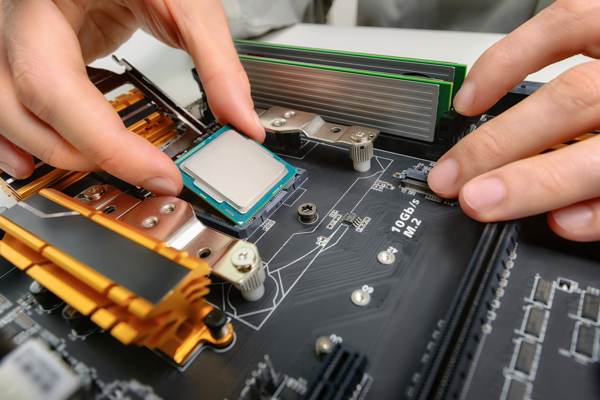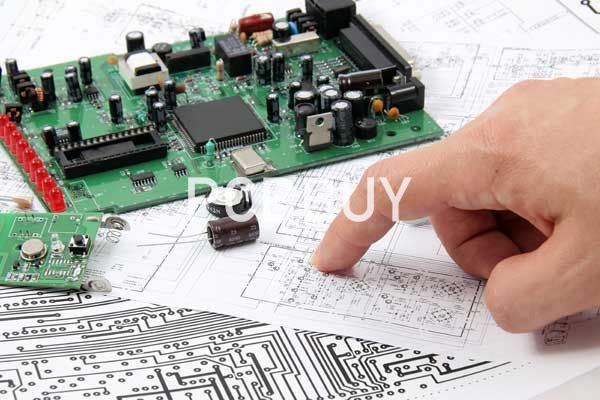What is Package in PCB Design with 5 Essential Tips for Customers?
By:PCBBUY 10/28/2021 09:26

Many PCB design software packages are available, ranging from software that can be downloaded for free to high end tool suites costing tens of thousands of dollars. But which is best for your application?
Are you going to learn package in PCB? If you are interested in package in PCB, please check and read the content for more information.
If you want to order PCB product, please check and custom your order online.

1. What is material composition of Package in PCB Design?
The performance of an IC package relies largely on its chemical, electrical and material makeup. Despite their functional differences, lead-frame and laminate packages both rely heavily on material composition. Lead-frame packages, the prevailing format, use silver or gold wire-bond finishes, attached with a spot-plating method. That makes the process simpler and more affordable.
On ceramic packages, Alloy 42 is a widely used metal type because it works with the underlying material. On plastic packages, the copper lead frame is preferable because it safeguards the solder joint and offers conductivity. Due to policies in certain territories, the material is also one of the critical factors on surface mount plastic packages.
Because of revisions in European standards, the lead finish has been a matter of intense scrutiny on next-level packaging assembly. The aim has been to find viable replacements for tin-lead solders, which are easily applied and have been a longtime staple throughout the industry. However, manufacturers have yet to unify around a single solution, due in part to the widespread competition among suppliers. The lead issue is unlikely to resolve itself for some time to come.
2. How to select package for PCB?
In its simplest form, SMD package selection may be thought of as identifying a device that meets your functionality requirements while fitting within any space restrictions or limitations your design may have. However, you should also incorporate rules and guidelines for your board’s fabrication and PCB assembly; this is best done by including your contract manufacturer (CM) early in the design process. By collaborating with your CM before and during the prototyping process, you can utilize SMD package selection options that may reduce board turnaround time and cost.
One option that will simplify the board fabrication and PCB assembly of your design, while providing easier access for functional testing, is using larger component packages. In addition, you can also use a non-form factor or a larger board than required by the production design. Besides this relaxation of size restraint options, you may also want to use less-complex vias to the extent possible. This is not a recommendation to change the number of layers in the stackup, but instead to use pitch spacing that is easier to fabricate, for example from ball grid array (BGA) and chip scale packages (CSPs).
3. What are the required materials for PCB package?
The lead frame materials are the dominant IC package materials. Hence, engineers use them mostly for wire-bondable finishes and wire-bond interconnected die. And a perfect example is gold or silver.
These finishes get plated in the inner bond-land area via a spot-plating method. By doing so, you’ll be saving a ton of cost. And it’s because noble metals don’t join to encapsulants with ease.
It’s because three factors establish the foundation of a package. And they are:
· Chemical properties
· Physical properties
· Electrical properties
4. What are the packages for ceramic PCB?
Income or Alloy 42 is a common choice for ceramic packages. Why? It’s because there’s a linkage between the alloys and CTE. The close match is a crucial feature because of the ceramic’s brittleness.
But, the low CTE could have a harmful effect. And it’s worse if you install the final assemblage of surface mounted devices. However, the size of the CTE plays a significant role. And we can link everything to the mismatch of most common PCB substrates. We must also note that lower CTE metals have an excellent reputation to work well as lead frames. And they work perfectly for plastic DIP-type and ceramic packages.
However, copper lead frame materials are usually an ideal choice for surface mount plastic packages. And it’s because they have the capacity and compliance to secure solder joints.
5. What are the benefits of PCB package?
PoP technology is being widely applied by OEMs owing to its impressively advantages:
• Flexibility - Stacking structure of PoP provides OEMs such multiple selections of stacking that they are able to modify functions of their products at ease. For example, they are allowed to modify low-memory chip into high-memory chip to cater to newly-coming demands without need to change circuit board design of motherboard.
• Overall size reduction
• Shrinking overall cost
• Reducing motherboard complexity
• Improving logistics management
• Enhancing technology reuse level
Industry Category











